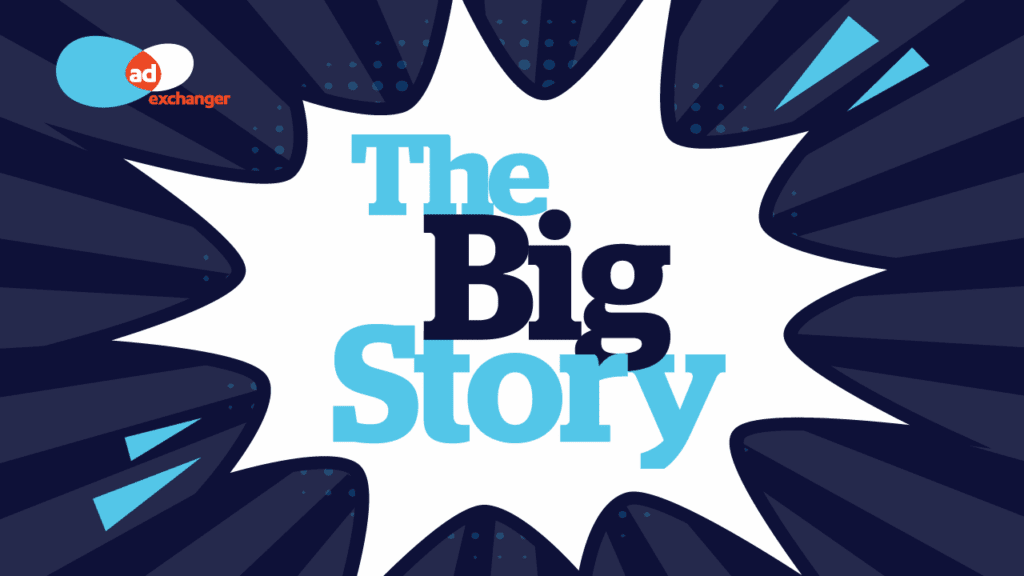Marketers are flunking the “big data test.” According to Gleanster Research, as many as eight out of 10 CMOs at large enterprise organizations believe they could be doing a far better job of using data to make better and more informed marketing decisions. So why is this the case and what stands in their way?
 The reality is one of the biggest hurdles to making data-informed improvements to your business remains one of the most basic—how do you manage and interpret the incredible wealth of data now available?
The reality is one of the biggest hurdles to making data-informed improvements to your business remains one of the most basic—how do you manage and interpret the incredible wealth of data now available?
Overwhelmed by the full spectrum of data sources to analyze, “big data” often translates as “big problems” or “big headaches” for CMOs.
But the reality is that these information sources, if managed and analyzed correctly, hold a treasure trove of insights that can lead to enhanced brand loyalty, customer satisfaction and everything in-between. Here we take a closer look at how best to leverage this information—specifically customer feedback and data—and how to tackle the challenges head on.
I Have All this Data—But Is It Relevant?
CMOs and marketing professionals are constantly bombarded with an abundance of customer feedback data but often don’t know what is relevant or not, how to interpret the information, nor how to prioritize and act on their findings, much less how to leverage it enterprise-wide. A recent IBM Study that surveyed over 500 CMOs, revealed that 82% said they felt underprepared to deal with the data explosion. So how can we make this data more manageable and more actionable?
The solution is simple: Think about your particular job and what data is the most important to you and your audience. For example, if you’re a marketer trying to increase the response rate to your brand, you need to look at the sources, channels and platforms where people can comment on your brand—such as Twitter, Instagram or Facebook—to gain the most valuable insights. But, if you’re a product manager, and you’re launching a new solution, you’re most likely going to look at ratings and review sites, or tap into industry experts who may have an influential opinion on the product.
Try to simplify the process and ask yourself the question: What channels will provide me with the most robust and most revealing information I need to improve the customer journey?
Using all of this data to improve the brand and/or product is invaluable; it can truly help show you how to improve response rates, increase acceptance to a product and enhance a customer’s journey to purchase. Though of course, even if you know what data is relevant, you still have to make sure you’re taking the right action—from data governance to integration to application—to achieve its full value.
I Have The Right Data—Time to Execute
It’s like the old myth that humans only use 10% of their brain. Hollywood has latched onto this idea, creating movies about the “full potential” of the human mind and how if it was used to its maximum capacity, we’d be unstoppable. The same may very well ring true for marketers and the big data conundrum. If you’re only using a small percentage of the data available or using it in siloes to improve customer experience, are we really maximizing its full potential to provide a great customer journey?
With new data mining and text analytics techniques, you can not only look at historical patterns, but also make predictions about future behavior for specific individuals. By adding insights from what people have said and done to internally held customer data, companies can map out what customers are likely to do next, which is a huge value-add for any marketer.
One important thing to keep in mind is that these customer feedback opportunities are only possible if there is a common understanding/definition for what defines a good experience. Brand loyalty is a prime example. Consider the problems that could arise if the customer support department has one scorecard and mechanism for addressing feedback, while the marketing team is handling social care with a different set of tools. This is where data governance comes in: it ensures that everyone is speaking the same language when it comes to the information’s meaning.
All in all, this era of customer-centricity yes, presents challenges, but also huge opportunities and acting on feedback straight from the customer’s mouth can radically impact a company’s bottom-line. Companies must make sure they have the technical skills and capabilities to connect relevant customer experience data sources, and be equipped to bring that often disparate and siloed data together for holistic and meaningful analysis. If they can achieve this, there is no doubt they will rapidly start reaping the rewards.
Susan Ganeshan is CMO at Clarabridge. She can be reached at susan.ganeshan@clarabridge.com.



